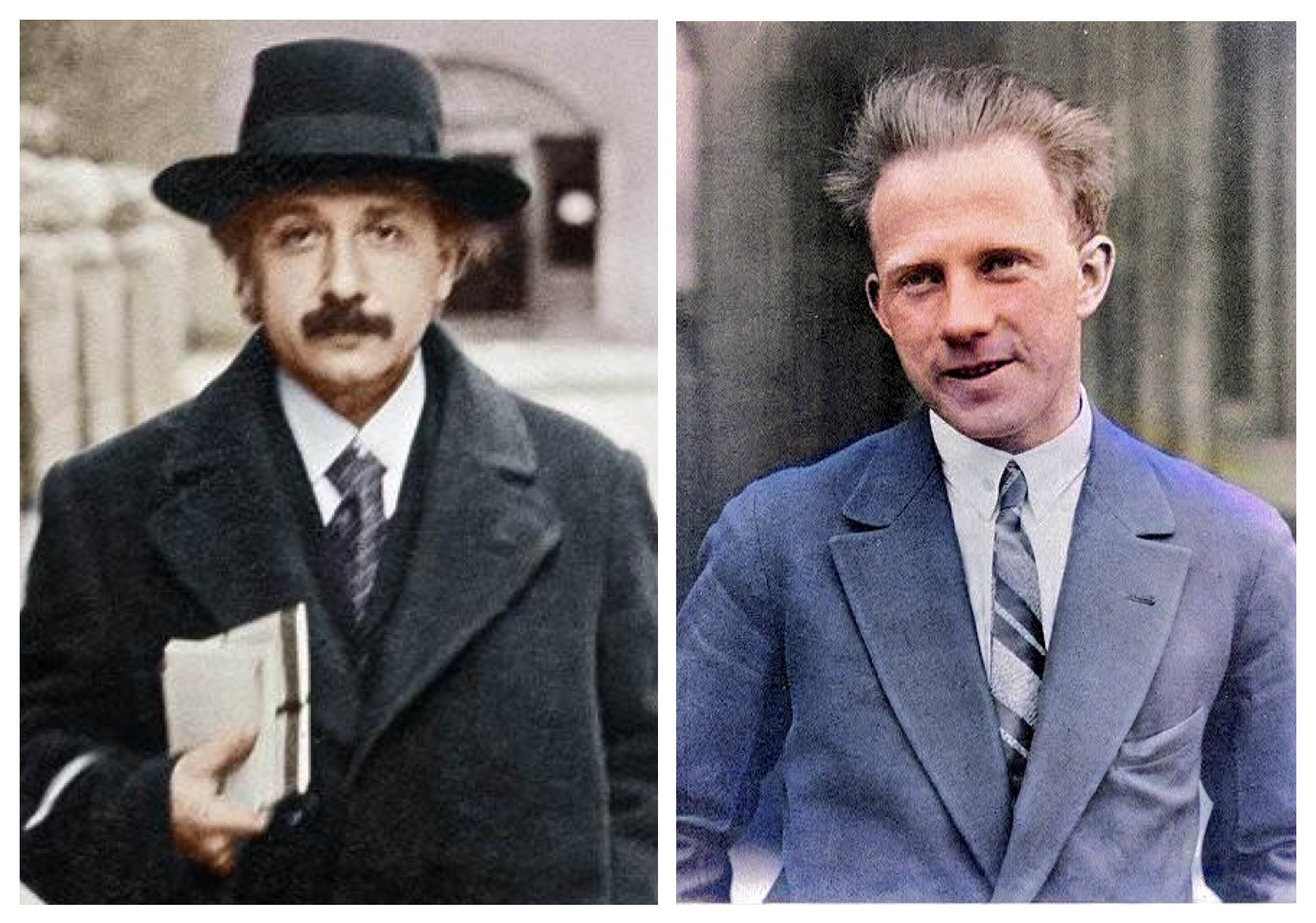The adventure started with a straightforward query: Was the fossil I bought on the internet genuine? This question pulled me into a maze of scientific articles, geological resources, and specialist discussions. I soon discovered that the field of paleontology involves intricate authentication methods, and the online market is flooded with counterfeits. My initial investigation was rooted in practicality, aimed at verifying my purchase’s worth. Yet, as I explored further, my focus evolved. I understood that the object’s true significance lay not in its genuineness but in the narrative it conveyed, whether it was authentic or a brilliant imitation.
The digital world of fossil trading is a curious one. Online marketplaces have democratized access to what were once museum-grade specimens, making it possible for anyone to own a piece of prehistoric history. But with this accessibility comes a high degree of risk. Without a trained eye or the right tools, it is nearly impossible for an amateur to distinguish a genuine artifact from a clever counterfeit. My fossil, a supposed trilobite from Morocco, appeared to be perfect. The details were intricate, the coloration was convincing, and the price was too good to be true. This last point, I would soon discover, was the most telling.
My initial research was focused on identifying the specific species of trilobite and its geological provenance. I cross-referenced images, read scientific papers on Moroccan paleontology, and even tried to consult with a few online experts. The responses were a mix of skepticism and technical jargon. One expert pointed out that the rock matrix in which the fossil was embedded was a common type used in Moroccan forgeries. Another noted that the perfect preservation of the fossil’s exoskeleton was highly unusual. These observations, while technical, were the first clues that my search for authenticity was more complicated than I had imagined.
I started to realize that the notion of “authenticity” in the fossils market is not simply black or white. A fossil might be genuine but housed in an artificially crafted matrix. It could be an assembly of several authentic fossils. A true fossil might be “improved” with carving or coloring. The differences between genuine and counterfeit are often obscured, making it challenging even for a knowledgeable professional to make a conclusive assessment without detailed, microscopic scrutiny. My straightforward question—Is it genuine?—transformed into a set of more detailed inquiries: Is the fossil itself authentic? Was it discovered in the stated location? Has it undergone any modifications?
This realization brought me to a turning point. Instead of focusing on the object’s commercial value or its place in the fossil record, I began to appreciate it as a work of art. The craftsmanship of a good forgery is astounding. It requires a deep understanding of paleontology, geology, and artistry. The forger must know what the real fossil looks like, how it would have been preserved in the rock, and how to create a convincing imitation. The skill and dedication required to create such an object is, in a way, just as impressive as the natural processes that created the original fossil. My frustration at being potentially duped began to give way to a sense of awe at the human ingenuity behind the forgery.
My new perspective allowed me to see the fossil not as a specimen to be verified, but as a story to be unraveled. The story of its creation, its journey from a workshop in Morocco to my doorstep, and the motivations of the people who created it. This new line of inquiry was far more interesting than the original one. It led me to research the economics of the fossil trade in developing countries, the history of forgeries, and the ethical dilemmas faced by museums and collectors. I was no longer just a buyer trying to verify a product; I was a detective trying to understand a global industry.
This experience taught me a valuable lesson about the nature of our relationship with objects. We often imbue them with value based on their authenticity or their rarity. But sometimes, the most compelling stories are not about what an object is, but about what it represents. My fossil, whether real or fake, was now a tangible connection to a global network of artists, traders, and collectors. It was a physical representation of the complex interplay between science, commerce, and art. The question of its authenticity no longer mattered because its true value lay in the journey of discovery it had sent me on.
The quest to verify the fossil’s authenticity was, in the end, a quest to understand my own motivations and assumptions. I had started with a desire for certainty and had ended with a newfound appreciation for ambiguity. The object on my shelf was not just a fossil; it was a powerful reminder that sometimes, the most important questions we can ask are not about the things we possess, but about the stories we tell ourselves about them. And in the world of fossils, as in life, sometimes the most interesting story is not the one that’s real, but the one that’s made up.




